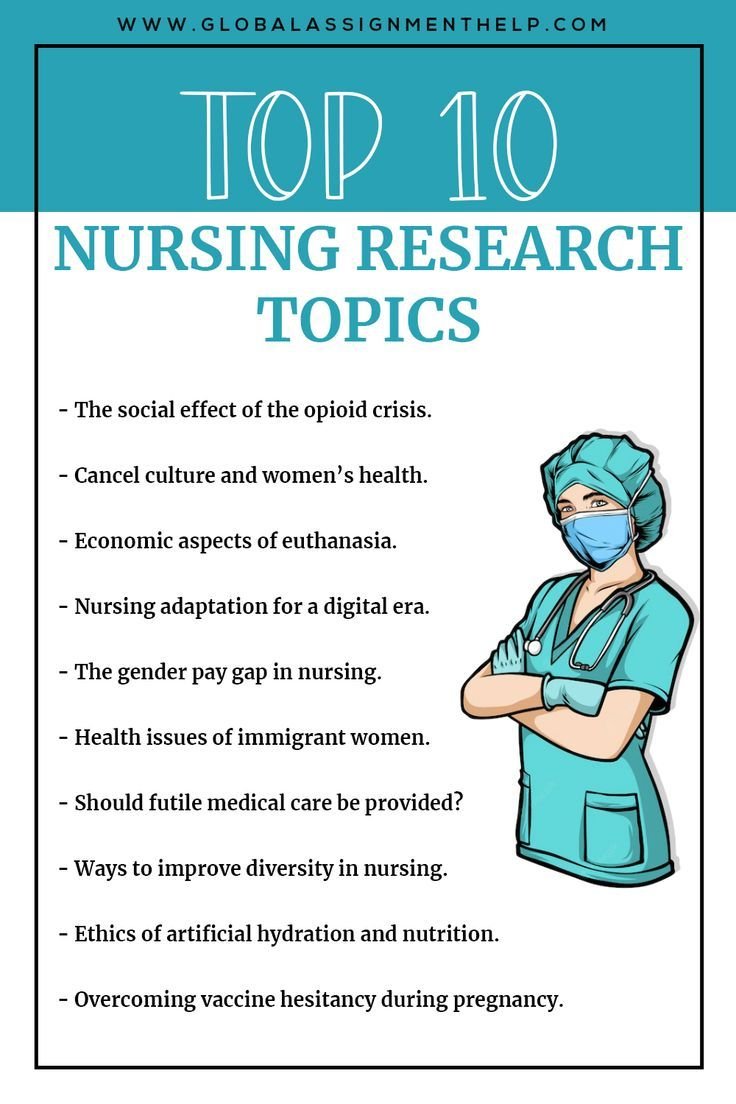Natural Language Processing (NLP) is a topic of study that focuses on enabling computers to interpret and process human language. With the ever-increasing number of text data available, NLP approaches play a significant role in extracting useful insights from text. In this article, we will study numerous NLP strategies for text analysis and understanding. We will go over key ideas and work through real-world applications with Python and well-known libraries like spaCy and NLTK.
Text analytics and natural language processing (NLP) are sometimes depicted as ultra-complex computer science operations that can only be comprehended by expert Data Analyst Course. Despite the complexity of the actual technology, the fundamental ideas are rather simple to comprehend.
Every organization wants to get the most from its data, but unlike traditional data types, today’s expanding volume of data is not adequately structured — especially text data, which includes conversations, social posts, polls, product evaluations, papers, and consumer feedback.
The Text Analysis vs. Text Mining:
Firstly, let’s remove the notion that text mining and text analysis are two independent processes. The terms are commonly used interchangeably to explain the same technique of gathering data using statistical pattern learning. Let us confine ourselves to text analysis in order to prevent confusion.
What distinguishes text analysis from text analytics, then? Both text analytics and text analysis produce quantitative and qualitative outcomes. If a machine conducts text analysis, it identifies crucial information inside the text itself, but if it performs text analytics, it shows trends across thousands of texts, resulting in graphs, reports, tables etc.
Practical Example:
Let’s imagine a manager of customer assistance is curious about the number of support tickets that each team member resolved. In this scenario, they’d employ text analytics to produce a graph that visualizes individual ticket resolution rates.
But the manager probably also wants to know whether percentage of tickets had a favorable or unfavorable outcome.
Customer service supervisors are able to determine how each agent handled tickets and whether or not consumers were satisfied with the resolution by looking at the content of each ticket and any follow-up conversations.
Basically, the issue in text analysis is deciphering the ambiguity of human language, whereas in text analytics it’s recognizing patterns and trends from the numerical results.
What Makes Text Analysis so Pivotal?
When you put machines to work on organizing and analyzing your text data, the insights and rewards are significant. Here are a few benefits of text analysis that you may see:
Text Analysis Is Expandable:
Text analysis technologies let companies organize massive amounts of data—such as emails, chats, social media, support tickets, papers, and more—into a structured manner in a matter of seconds as opposed to days, freeing up resources for other crucial business tasks.
Real-time Text Analysis :
Businesses are swamped with information and client comments can surface anywhere on the web these days, but it can be tough to keep an eye on it all. When it comes to identifying important concerns in real time, around-the-clock, text analysis is revolutionary. By training text analysis models to detect language and feelings that signal negativity or urgency, organizations may automatically flag tweets, reviews, videos, tickets, and the like, and take action sooner rather than later.
AI Text Analysis Provides Uniform Standards:
People make mistakes. True. Additionally, people make more mistakes when a task is laborious and time-consuming. Algorithms can analyze, comprehend, and organize data far more precisely than humans ever could by training text analysis models according to your requirements and standards.
Basics of Text Analytics:
Text analytics, sometimes referred to as text mining or text data mining, is the process of taking unstructured text and turning it into useful information and insights.
Data scientists and analysts can assess information using text analytics to see how relevant it is to a certain subject. Researchers use complex tools created by computer scientists to mine and analyze text.
Customer 360 is one example of a business use case for text analytics. To gain a deeper understanding of customers, analysis of customer emails, surveys, call center logs, and social media streams including blogs, tweets, forum postings, and newsfeeds is conducted.
• Analyzing warranties. interpreting text from sources such as orders, warranty claims, dealer service personnel, and the like.
• Reviews of goods or services. Enterprises can gain insight into customer mood and frequent difficulties by analyzing customer reviews of products or services.
• Hiring. A short list of qualified applicants is produced using keyword analysis, which compares job descriptions and candidate profiles.
The Seven Fundamental Steps of Text Analytics
Before a text analytics engine can truly analyze anything, it must first break down sentences and phrases, much like a student drafting an essay on Hamlet. Almost all NLP features, such as named entity recognition, theme extraction, and sentiment analysis, begin by dissecting unstructured text documents into their constituent pieces.
To prepare an unstructured text document for more in-depth analysis, follow these seven fundamental steps:
- Identification of Language
2. The creation of tokens
3. Disrupting Sentences
4. Tagging a Part of Speech
5. Splitting 6. Syntax Interpretation
7. Linking of Sentences
Every stage is accomplished along a spectrum ranging from pure software rules to pure machine learning.
Conclusion:
With the use of natural language processing algorithms, we may extract valuable information from textual material. Tokenization, named entity recognition, POS tagging, and stop word removal were all covered in this session. More complex NLP tasks like sentiment analysis, text classification, and machine translation are built upon these techniques. You may harness the power of natural language processing (NLP) to extract insights and make data-driven decisions from text data by utilizing Python and libraries such as NLTK and spaCy.
Are you ready to take your career to the next level by mastering the skills of data analysis and machine learning? Look no further than enrolling in a Data Analytics Course in Mumbai! From learning how to collect, clean, and analyze data to creating predictive models that drive business decisions, this course covers it allDon’t miss out on this opportunity to enhance your skillset and advance your career – enroll in our Data Science Course in Mumbai today!
Business name: ExcelR- Data Science, Data Analytics, Business Analytics Course Training Mumbai
Address: 304, 3rd Floor, Pratibha Building. Three Petrol pump, Lal Bahadur Shastri Rd, opposite Manas Tower, Pakhdi, Thane West, Thane, Maharashtra 400602
Phone: 09108238354,
Email: enquiry@excelr.com



